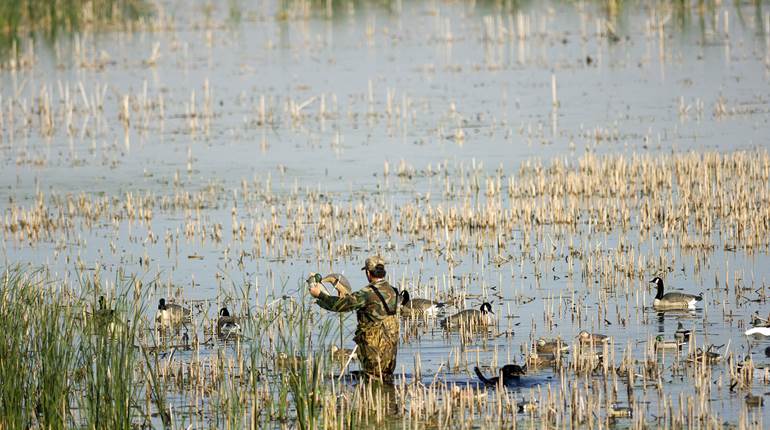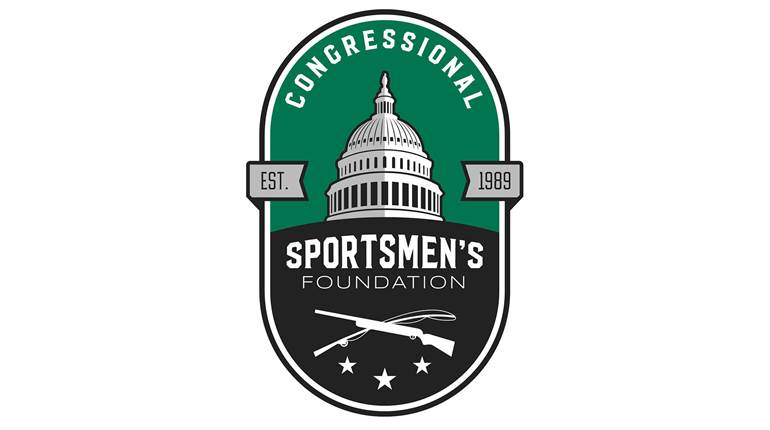
You’ll be reading a lot about the NRA Mentor Program—an effort that launches in May—in the next few weeks. Those enrolled in the Mentor Sweepstakes could take home some sweet prizes, although I have personal experience that leads me to believe everyone who participates is a winner.
My grandson Isiah, who became a university student a couple years early, is a sterling example. He’s majoring in physics—only because the school doesn’t offer mechanical engineering—and is in the ROTC program. He’s an unusual young man who understands hard, grimy labor, too. He rebuilt the old truck he drives to school. A combination bookworm and grease monkey is a rare commodity.
This may sound like bragging, but honestly, I had nothing to do with his accelerated education. I was just lucky enough to get to watch that Blitzkrieg of academic curiosity take roots while he was behind a trigger. He’s great with a handgun, but long-distance is his passion and even at the age of 12, he was eager to understand bullet drop so he could hit the target consistently. We started with ballistics charts, but it wasn’t long until he graduated to doing a lot of the calculations longhand. After a session with Shooting Illustrated Rifles Editor Steve Adelmann, he started doping wind and rarely shoots without a notepad and pencil nearby.
For years my contention has been that the discipline involved in shooting helps build solid citizens—people who understand responsibility and always consider safety first, and foremost. Concentration on those sights translates into better focus in schoolwork and the calmness and breath control required to squeeze a good shot aids in maintaining composure in stressful situations—on the job, at school, or on the street. Isiah is far from an anomaly. I saw that when covering the NCAA pistol championships and followed the MIT team, which had several members faxing in their calculus assignments from the range.
Trigger time isn’t required to excel at school, but in Isiah’s case it was one of the academic catalysts. The seemingly boring stuff of school can come alive when it has a practical application at the range, where the final grades may be measured in ability to average groups, comprehend why that bullet drops or the geometry of minute of angle. That’s how it started with Isiah, many years ago, and a great reason to take a youngster to the range this May. 
Young shooters don’t have an exclusive on the NRA Mentor Program, though. There are thousands of new, adult gun owners who can use an experienced tip or two, so download a copy of the NRA Guide For New Shooters and share it liberally. Then invite someone to the range in May, although if one of the firing lines is 300 yards or longer might want to bring along a slide rule—that acceleration due to gravity calculation gets a bit cumbersome without it.






















![Winchester Comm[94]](/media/1mleusmd/winchester-comm-94.jpg?anchor=center&mode=crop&width=770&height=430&rnd=134090756537800000&quality=60)
![Winchester Comm[94]](/media/1mleusmd/winchester-comm-94.jpg?anchor=center&mode=crop&width=150&height=150&rnd=134090756537800000&quality=60)












